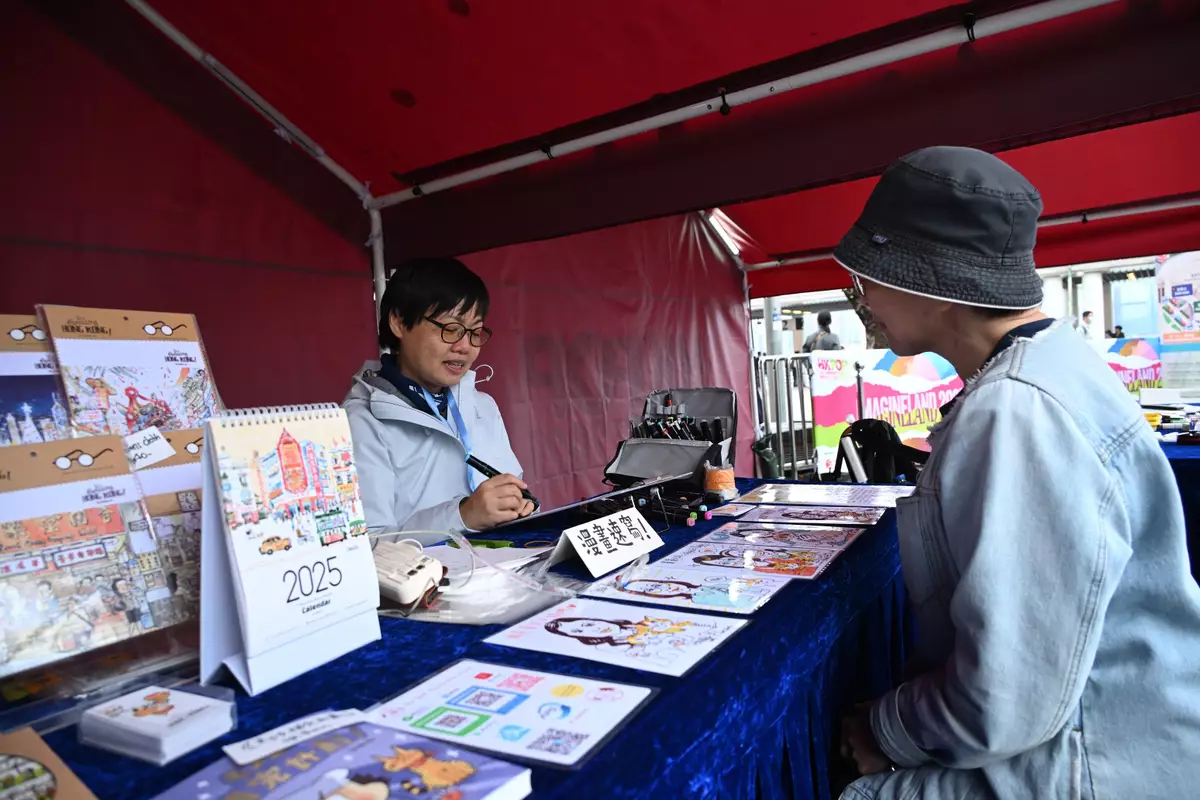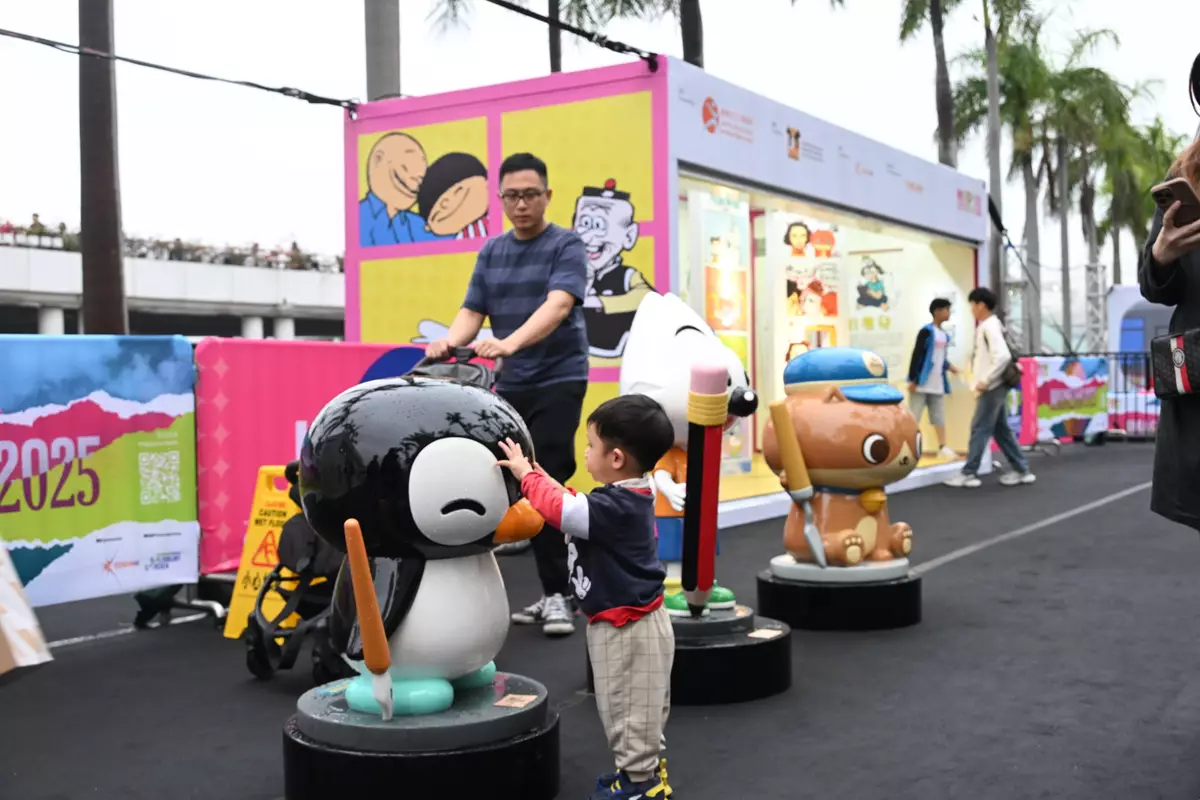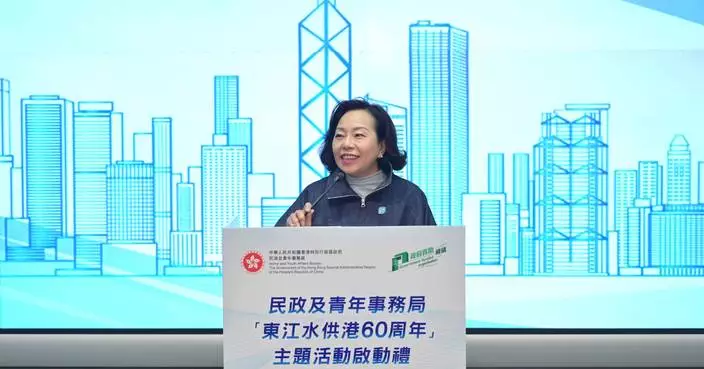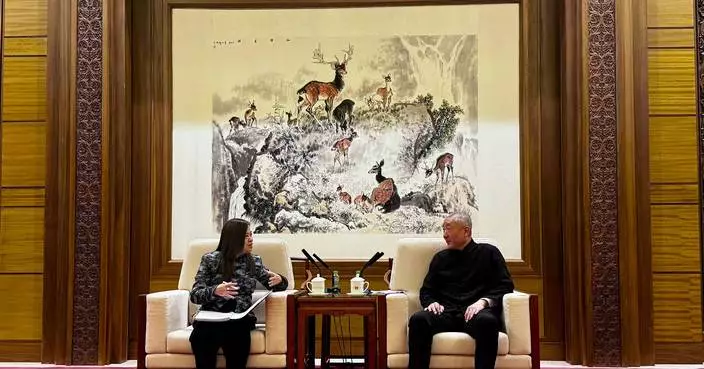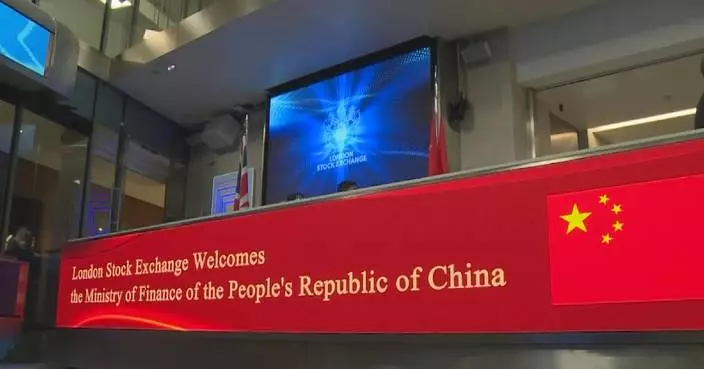An exceptionally hot July
With a stronger than usual subtropical ridge dominating over southern China for most of the time in the month, July 2024 was exceptionally hot in Hong Kong. The monthly mean minimum temperature of 28.0 degrees, monthly mean temperature of 29.9 degrees and monthly mean maximum temperature of 32.4 degrees were respectively 1.1 degrees, 1.0 degrees and 0.8 degrees above their normals and respectively one of the third, the fourth and one of the ninth highest on record for July. The monthly rainfall was 458.5 millimetres, about 19 per cent above the normal of 385.8 millimetres. The accumulated rainfall recorded in the first seven months of the year was 1 321.9 millimetres, about 10 per cent below the normal figure of 1 468.2 millimetres for the same period.
Under the influence of a southwesterly airstream, there were sunny intervals and a few showers in Hong Kong on the first two days of the month. With the dominance of the subtropical ridge, apart from a few showers and isolated thunderstorms, there was a spell of generally fine and very hot weather in Hong Kong from July 3 to 11. The daily mean temperature of 30.8 degrees and daily minimum temperature of 29.2 degrees on July 6 were both the highest on record for Moderate Heat. Moreover, the daily maximum temperature of 34.0 degrees on the same day was one of the highest on record for Moderate Heat. With plenty of sunshine, the temperature at the Observatory rose to a maximum of 34.8 degrees on the afternoon of July 7, the highest of the month. Furthermore, it was extremely hot on the afternoons of July 7 and 10, with maximum temperatures reaching 35 degrees or above in many places. With the slight weakening of the subtropical ridge, there were generally more showers from July 12 to 14. Despite the extremely hot weather on July 14, heavy showers and squally thunderstorms affected Hong Kong that evening. Over 50 millimetres of rainfall were recorded over Kwai Tsing and parts of Kowloon and Hong Kong Island.
Under the influence of a broad trough of low pressure over the South China Sea, local weather was a mixture of sunny intervals, showers and squally thunderstorms from July 15 to 19. More than 70 millimetres of rainfall were generally recorded over most parts of the territory, and rainfall even exceeded 140 millimetres over Sha Tin, Wong Tai Sin and Kowloon City Districts on these five days. Under the rain, the temperature at the Observatory dropped to a minimum of 26.0 degrees on July 16, the lowest of the month. While Hong Kong was still affected by a few showers and isolated thunderstorms on July 20, the weather improved, with very hot weather and sunny intervals under the influence of the subtropical ridge.
Meanwhile, the Inter-tropical Convergence Zone to the south of the subtropical ridge became active and favoured the formation of tropical cyclones. An area of low pressure over the central part of the South China Sea intensified into a tropical depression on the afternoon of July 19 and tracked west-northwestwards towards Hainan Island. The tropical depression intensified into a tropical storm and was named Prapiroon on the morning of July 21. Prapiroon further intensified and moved across Hainan Island and Beibu Wan July 21 and 22. It then moved into the inland areas of the northern part of Vietnam and progressively weakened into an area of low pressure on July 23. The outer rainbands of Prapiroon brought a few squally showers and thunderstorms to Hong Kong on July 21. With Prapiroon departing from Hong Kong, it was very hot with sunny periods during the day on July 22.
Moreover, another area of low pressure over the seas east of the Philippines intensified into a tropical depression on July 19. It intensified into a tropical storm and was named Gaemi on July 20. Gaemi progressively intensified into a super typhoon during the next four days and headed towards Taiwan. Moving generally northwestwards, Gaemi swept across Taiwan and then Fujian on July 25. It then moved into the inland areas of eastern China and central China, and weakened into an area of low pressure over Hubei on July 28. Under the influence of the outer subsiding air of Gaemi, local weather was very hot with sunny periods from July 23 to 25. The daily minimum temperatures of 29.1 degrees and 29.7 degrees at Ta Kwu Ling and Sheung Shui respectively on July 25 were the highest on record for those stations. Affected by an active southwest monsoon over the South China Sea, local winds strengthened later on July 25 and at first on July 26. As well, the thundery showers triggered by high temperatures affected Hong Kong on the early morning of July 26. More than 60 millimetres of rainfall were recorded over the northern part of the New Territories.
Affected by an active southwest monsoon and the subsequent broad trough of low pressure over the northern part of the South China Sea, it was mainly cloudy with occasional heavy showers and squally thunderstorms from July 27 to 31. More than 150 millimetres of rainfall were generally recorded over most parts of the territory, and rainfall even exceeded 250 millimetres over parts of the eastern territory on these five days.
Three tropical cyclones occurred over the South China Sea and the western North Pacific in July 2024.
Details of issuance and cancellation of various warnings/signals in the month are summarised in Table 1. Monthly meteorological figures and departures from normal for July are tabulated in Table 2.

Source: AI-generated images


